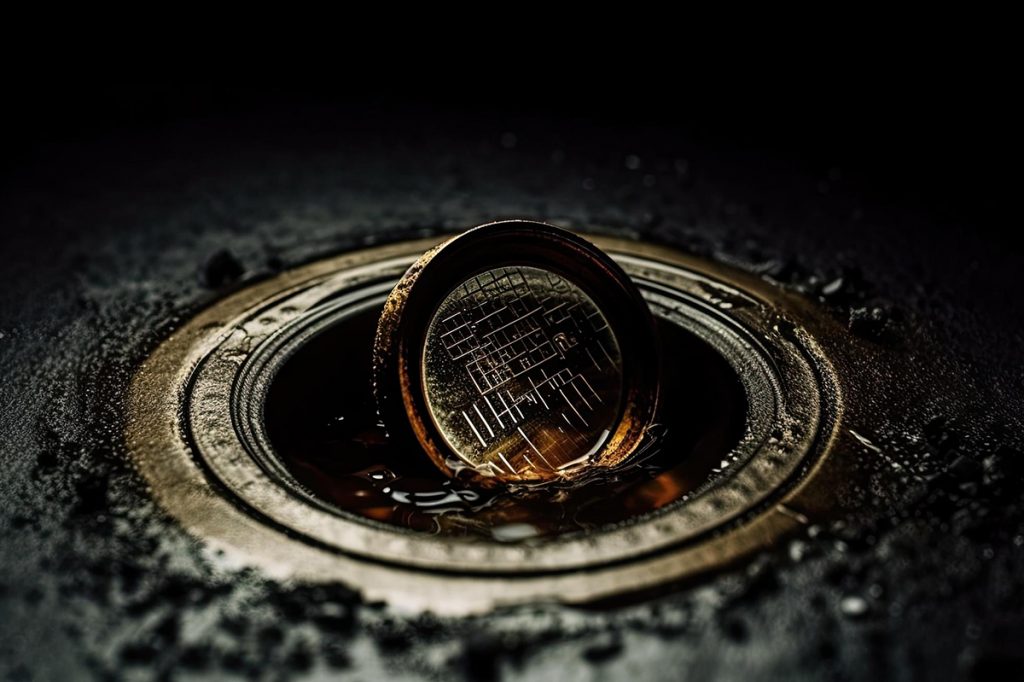Key Points
- Historical Evolution of Monetary Value: Monetary value originated in barter systems and evolved to include commodities like gold and silver due to their rarity and durability. The shift to coinage and paper money tied value to trust in issuers rather than intrinsic worth.
- Supply and Demand Dynamics: Monetary value is influenced by scarcity and demand, applying to goods, services, and currencies. Foreign exchange markets reflect these principles, with currency values fluctuating based on trade, investor confidence, and geopolitical stability.
- Role of Governments and Central Banks: Central banks regulate monetary value through policies like controlling the money supply and setting interest rates. Fiat money derives its value from government declaration as legal tender, relying on monetary and fiscal policies to ensure stability.
- Trust and Perception as Foundations: Monetary value depends on societal trust in governments or institutions and collective belief in assets like cryptocurrencies. Stability, credibility, and psychological factors significantly impact the perceived and practical worth of money.
Monetary value is a cornerstone of modern economies, enabling trade, investment, and the organization of resources. At its core, monetary value represents the worth assigned to goods, services, or financial instruments within a particular context. This value is not intrinsic; rather, it arises from a complex interplay of social agreements, market dynamics, governmental regulation, and psychological perceptions. Understanding how monetary value is established requires an exploration of its historical foundations, the role of supply and demand, the influence of government and central banks, and societal trust.
Historical Foundations of Monetary Value
The concept of monetary value originated in early human societies as barter systems evolved into more sophisticated economies. Initially, value was established through direct exchanges of goods or services based on perceived utility. Over time, certain commodities like gold, silver, and salt became widely accepted as mediums of exchange due to their rarity, divisibility, and durability. These commodities had inherent value due to their usefulness or scarcity, which made them desirable across different cultures and regions.
The introduction of coinage and later paper money marked a shift from intrinsic value to representative value. Coins were initially made from precious metals, directly linking their value to their material content. As economies grew more complex, governments began issuing paper money backed by reserves of gold or silver, creating a system where the currency’s value was tied to trust in the issuer’s ability to honor its worth.
Supply and Demand: The Core of Monetary Value
In modern economies, monetary value is largely determined by supply and demand. For example, the value of a product or service is influenced by how much of it is available (supply) and how much people want it (demand). Scarcity increases value, while abundance can diminish it. This principle applies not only to tangible goods but also to currencies and financial assets.
Currencies themselves are subject to supply and demand dynamics. When a currency is scarce or in high demand, its value rises relative to other currencies. Conversely, excessive printing or low demand can lead to inflation or devaluation. The foreign exchange market illustrates this principle, as currencies fluctuate based on trade balances, investor confidence, and geopolitical stability.
The Role of Governments and Central Banks
Governments and central banks play a pivotal role in establishing and maintaining monetary value. Central banks, such as the Federal Reserve in the United States or the European Central Bank, control the money supply and interest rates to stabilize economies. They issue fiat money—currency that has no intrinsic value but is deemed valuable because governments declare it legal tender.
Through monetary policy, central banks influence inflation, employment, and economic growth. For instance, by adjusting interest rates, they can encourage borrowing and spending during economic slowdowns or curb inflation during periods of excessive growth. Fiscal policies, such as taxation and government spending, also indirectly affect monetary value by shaping the overall economic environment.
Trust and Perception in Monetary Value
At its heart, monetary value is built on trust. People must believe that the money they use will be accepted in exchange for goods and services. This trust is influenced by the stability and credibility of the issuing government or institution. For example, hyperinflation in countries like Zimbabwe or Venezuela eroded trust in local currencies, leading people to adopt foreign currencies or barter systems instead.
Psychological perceptions also play a significant role. The value of financial assets, such as stocks or cryptocurrencies, often depends on collective belief rather than tangible backing. Bitcoin, for example, derives its value largely from scarcity (a fixed supply of 21 million coins), decentralization, and widespread belief in its potential as a store of value and medium of exchange.
Conclusion
Monetary value is a multifaceted concept shaped by historical evolution, economic principles, institutional frameworks, and human psychology. While its form has shifted from tangible commodities to fiat currencies and digital assets, the underlying factors of scarcity, trust, and utility remain constant. As economies continue to evolve, the mechanisms of value establishment will adapt, but the foundational principles will likely endure, underscoring the dynamic and interconnected nature of monetary systems.

